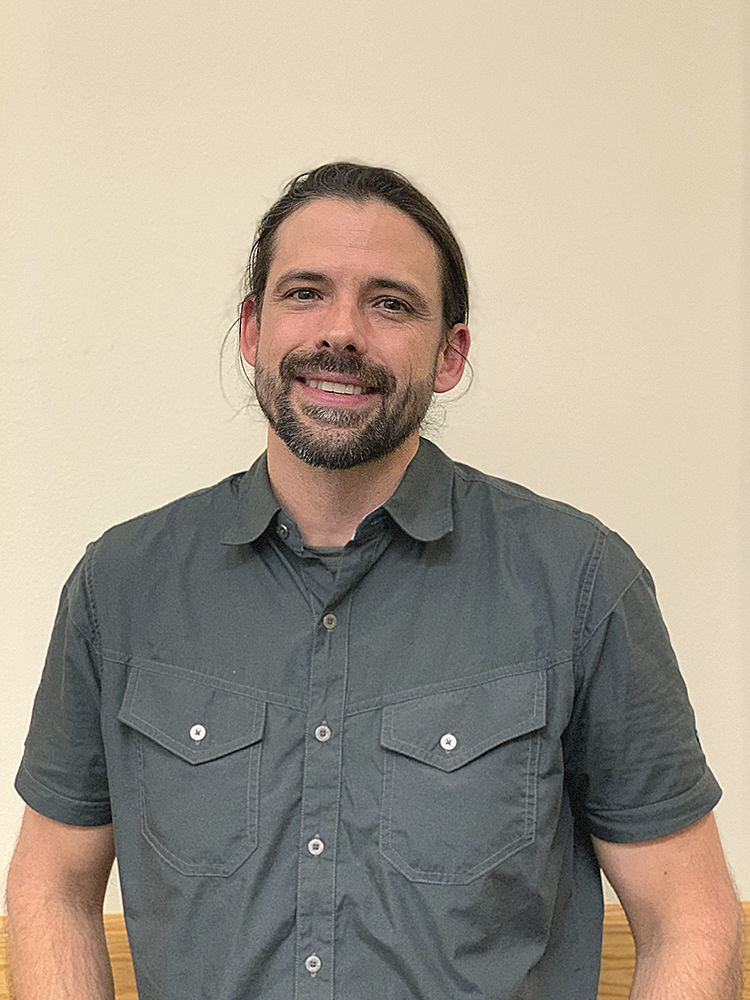RARE revitalizes rural communities with young professionals
Published 12:00 am Thursday, April 2, 2020

- Titus Tomlinson is the RARE Program Director and former RARE member.
With the trend of young people leaving rural communities, Resource Assistance for Rural Environments (RARE) member Emma Gerona, 23, is part of the team bringing back a youthful energy to revitalize these communities.
“(We) see a lot of young people leaving and a lack of people bringing the community together to utilize these resources that are there already or can be created,” she said. “(We’re) bringing young minds into new communities with outside perspectives to use the resources in a way that’s more efficient.”
RARE was founded in 1994 in the wake of the collapse of the timber economy by David Povey, who was then a professor of planning, public policy and management at the University of Oregon. Its goal is to connect rural communities with young professionals who provide planning and technical assistance to help solve local issues and improve residents’ quality of life.
An AmeriCorps program, RARE is part of the University of Oregon’s Institute of Public Policy. Since its inception, it has placed more than 500 program members in rural government, Indian tribes and community organizations throughout Oregon.
RARE is a federally funded program, supported by grants from AmeriCorps, The Ford Family Foundation, the University of Oregon, the Oregon Food Bank, the Federal Emergency Management Agency and the Oregon Department of Transportation. Each participating community provides $23,500 to help place, train and support a full-time member.
Gerona is one of this year’s 29 RARE participants, and will be based in Lake County for 11 months. She’ll be working on renewable energy development, particularly with rural agriculture producers.
RARE members — the program eschews the word “intern” — provide expertise in a number of areas and perform a variety of duties.
Program director Titus Tomlinson, himself a former RARE member, said that last year members garnered their organizations more than $1 million in grant funding.
Tomlinson said their impact is more than financial. Members have created longstanding partnerships with food banks, written parks plans, researched land use planning for future developments and are actively moving communities away from fossil fuels.
“The impact is vast,” Tomlinson said. “A member last year with the City of Monroe worked through a full comprehensive plan update — that’s senior-level work. That’s work that if you hired a consultant would be tens of thousands of dollars, and someone in their 20s is stepping up and doing that.”
RARE has changed with the times and needs of rural Oregon.
It started with a focus on natural resources and economic development, and has since grown to all facets: land use planning, economic development, food systems, tourism, downtown development, natural resources and more. The program pairs each community’s specific need with a RARE member who specializes in that area.
Lauren Kolojejchick-Kotch spent two years with the program from 2017-19 in the Columbia River Gorge working in the tourism sector. She said that her experience has been valuable in transitioning to her position at the Rural Developments Initiative (RDI) as program manager of economic vitality and policy services.
“What I learned in RARE has been a foundation I’ve been able to build on,” she said, “and the people I’ve met through the work have become people that I work with across the state. The connections are really great.”
RARE is a federally funded program, supported by grants from AmeriCorps, The Ford Family Foundation, the University of Oregon, the Oregon Food Bank, the Federal Emergency Management Agency, and the Oregon Department of Transportation. Each participating community provides $23,500 to help place, train and support a full-time member.
For Gerona, who is working on renewable energy development with agricultural producers, RARE holds her to a high professional standard and as someone new in the industry she appreciates being counted immediately as a trusted member of the community.
“The RARE title gives you a lot of respect,” she said. “There’s a lot of stakeholders in my project and it’s complex with a lot of moving parts. RARE has been supportive in helping me figure out my way around roadblocks and connecting with people across the state.”
Although she’s there to help and educate the community, she added that the level of learning that has come out of this program is exciting to her.
“I’m given the space to pursue what interests me most and learn from community members in a way that’s really exciting.”

